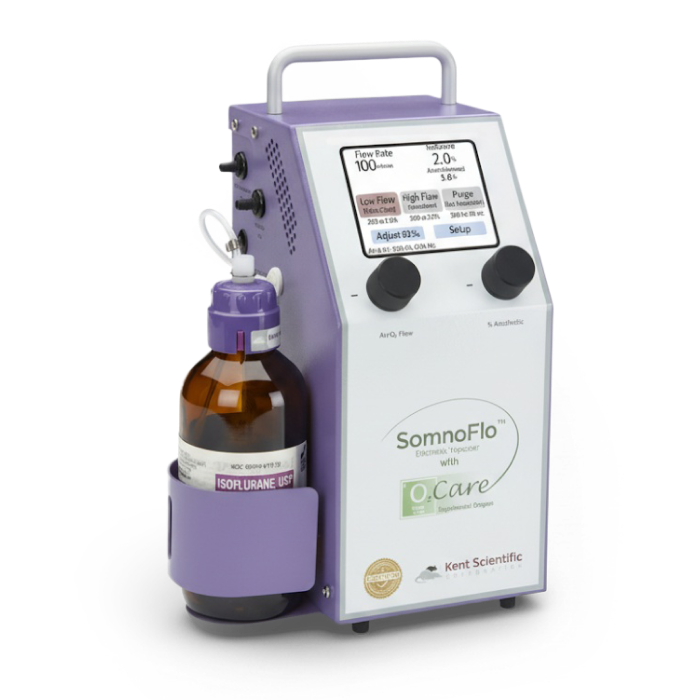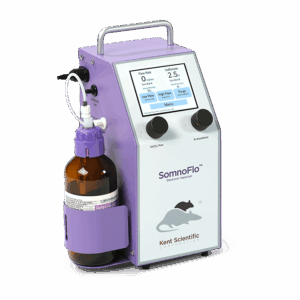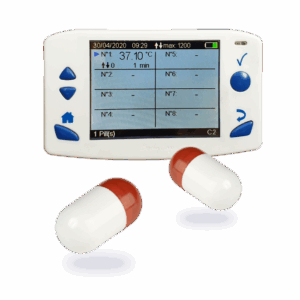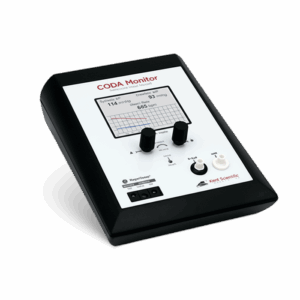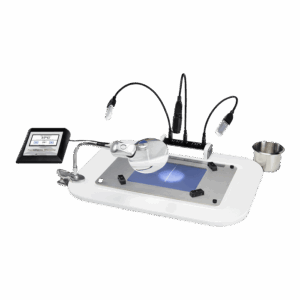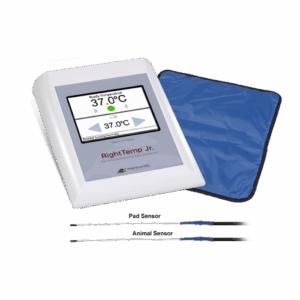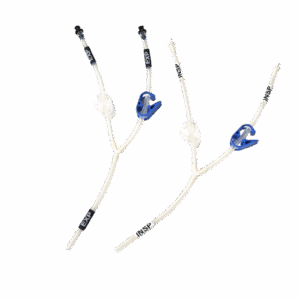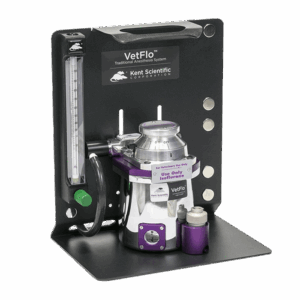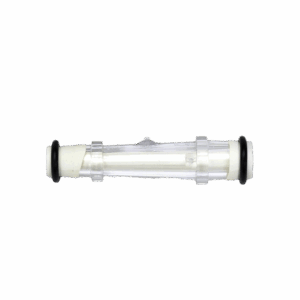
New Research May Lead to a Replacement for Annual Flu Shots
While we now have multiple effective vaccines for COVID-19, another longstanding vaccine goal may be getting closer to becoming reality: a universal influenza vaccine.
The Centers for Disease and Control estimates that the flu has caused an average of 28 million illnesses and 34,000 deaths in the United States annually between 2010 and 2020. The global death toll from the flu is between 290,000 and 650,000 annually.
Seasonal flu shots target the strains that are most problematic and prevalent in a given year, but their effectiveness can be compromised by a number of factors, including the emergence of new strains and antigenic shifts in existing viruses. On average, seasonal flu shots are between 10% and 60% effective.
Researchers are getting closer to developing a flu vaccine that is effective against all strains, which could offer better, longer-lasting protection and save thousands of lives every year.
In a 2018 report, the National Institute of Allergy and Infectious Diseases (NIAID) said one of its highest priorities was the development of a universal influenza vaccine that would provide long-lasting protection against multiple strains of the virus, including strains with the potential to cause a pandemic, as occurred in 1918, 1957, 1968, and 2009.
According to the NIAID report, a universal flu vaccine should be:
- At least 75% effective against symptomatic influenza virus infection
- Protect against group I and group II influenza A viruses, with influenza B viruses as a secondary target
- Protect against infection for at least one year and preferably through multiple flu seasons
- Be suitable for all age groups
In fall 2019, NIAID launched its Collaborative Influenza Vaccine Innovation Centers (CIVICs), which support collaborative research, vaccine manufacturing, and clinical trials, and in December 2021, NIAID issued a Notice of Special Interest (NOSI) to support research toward a universal flu vaccine.
That research has already been under way for many years. In one of the most notable efforts, after years of development and testing, a T-cell focused universal flu vaccine candidate developed by Israeli company BiondVax called Multimeric-001 (M-001) was defeated in phase 3 trials. According to an October 2020 announcement by BiondVax, M-001 was administered to more than 12,000 people in the phase 3 trial, but it did not significantly reduce the incidence or severity of the flu.
Most influenza vaccines use inactivated or weakened influenza viruses, but new vaccine delivery platforms used in COVID-19 vaccines—including mRNA, which was used for vaccines developed by Pfizer-BioNTech and Moderna; viral vector, which was used in the vaccines developed by Johnson & Johnson, AstraZeneca, and the University of Oxford; and protein subunit, which is the method used by Novavax in its vaccine candidate—also have applications toward developing a universal flu vaccine.
Before the coronavirus pandemic, Moderna and Pfizer-BioNTech were already using their mRNA technology toward a universal flu vaccine, and researchers at University of Wisconsin-Madison are currently working on a universal influenza vaccine based on their work creating an effective animal model for the COVID-19 virus. That animal model could also be effective for future research development, including work on a universal flu vaccine.
Researchers at Scripps Research, University of Chicago and Icahn School of Medicine at Mount Sinai have identified a section of the flu virus that is common across different strains and shows rare signs of mutations over time. A vaccine targeting this “anchor” would therefore offer long-lasting protection against multiple flu strains.
The team looked at 358 different antibodies in the blood of people who had received a seasonal flu vaccine, had contracted the flu, or were in a phase 1 trial for an experimental universal influenza vaccine. Of the 358 antibodies, 50 antibodies in 21 different people were shown to be connected to the anchor area. Subsequent studies with mice found that these antibodies were effective against three H1 influenza viruses. The team is now working to design a vaccine that better targets the virus anchor.
Because a universal flu vaccine would be very different from a seasonal shot, it will likely be years before a successful candidate makes it through the required testing and regulatory hurdles. Until then, a seasonal shot is certainly better than nothing.

